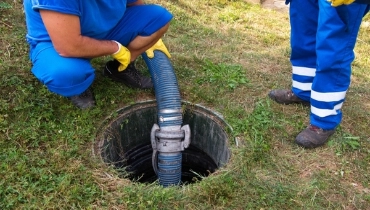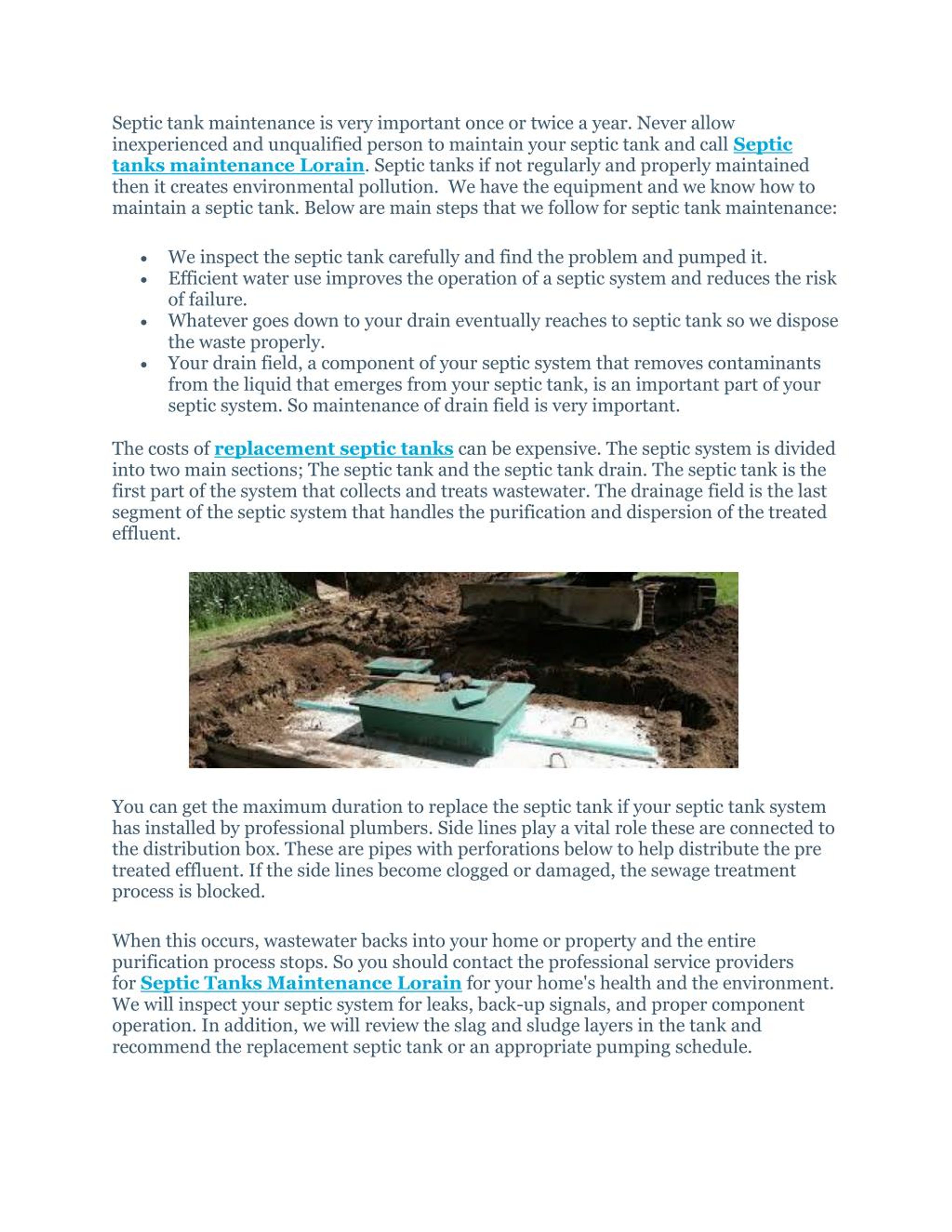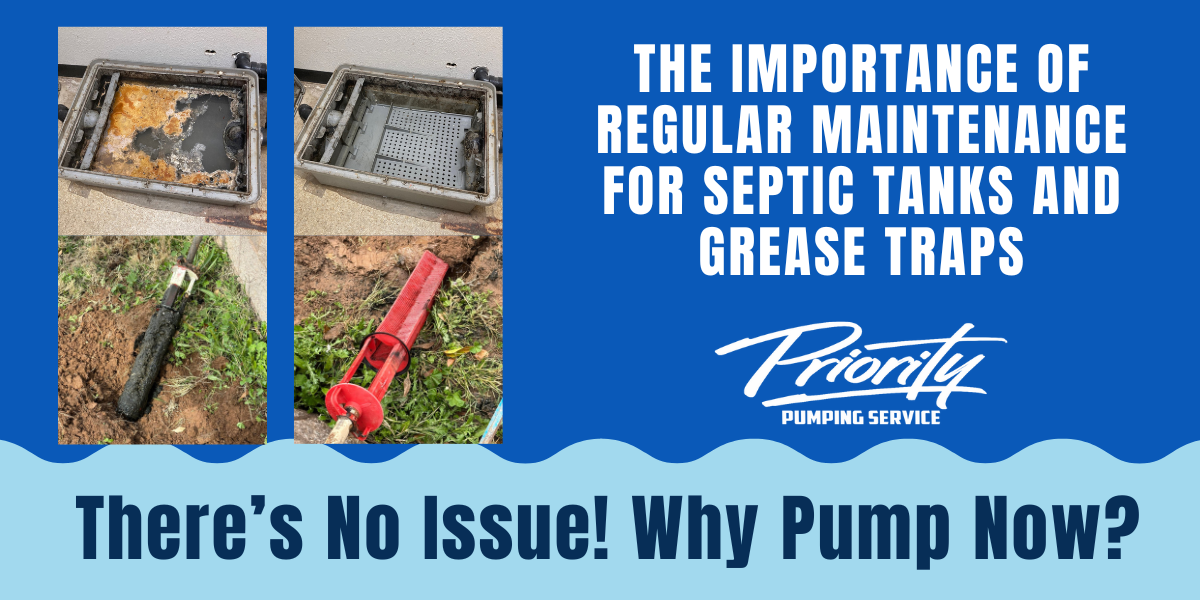Things about Stillwell Septic And Grading
Table of ContentsAll About Stillwell Septic And GradingEverything about Stillwell Septic And GradingThe 8-Second Trick For Stillwell Septic And GradingThe Best Guide To Stillwell Septic And GradingThe Main Principles Of Stillwell Septic And Grading Some Known Facts About Stillwell Septic And Grading.
A dripping commode can squander hundreds of gallons of water a day. Take baths with a partially-filled tub and do not leave the faucet running when doing various other jobs. Clean just complete loads of recipes and laundry.
Rumored Buzz on Stillwell Septic And Grading
Prevent melting stacks of leaves or branches over the drainfield, as the warmth could harm the plastic pipelines listed below. Limit the addition of topsoil or compost to no greater than a couple of inches over the drainfield. Septic Inspection. A good general rule for landscaping over drainfields is to make use of shallow-rooted plants that do not need extra topsoil to prosper
Grass is the most effective cover. Prevent trees, hedges, and water-loving plants with deep origins. Grasses, blended wildflowers, and ground covers with superficial roots are great alternatives. Plant trees and hedges at least 30 feet far from your septic container and drainfield to keep origins from obtaining right into and damaging or obstructing the drainfield pipes.
A septic system failure causes unattended sewer to be released and transported to where it needs to not be. This may cause sewer to come to the surface of the ground around the container or the drainfield or to back up in pipes in the structure.
The Best Guide To Stillwell Septic And Grading
In many cases, the person that drops in ventures out without significant injury. A youngster's terrible fatality is a suggestion to inspect your septic system for damaged or missing covers. https://stillwellsag.wordpress.com/2024/03/13/revolutionizing-waste-management-stillwell-septic-and-grading-masters-the-art-of-septic-tank-installation-repairs-and-more/. Proprietors of septic tanks are accountable for making certain the systems are safe and feature properly, including having a safe lid on the storage tanks
Usage screws, screws, or various other locks to safeguard the lids and avoid simple gain access to. Never ever drive or park lorries on top of septic systems- it can harm or displace the cover.
What Does Stillwell Septic And Grading Do?
Ensure the lids are secured after working on your septic tank. Educate youngsters that the septic system lids are not to be played on or opened up. Have septic tanks that are no more being used properly deactivated. For various other general safe practices around septic tanks please evaluation the Septics 201 DIY Program Septic Safety Tips.
Noting the degrees will certainly help determine if there is a possible problem with the system. Then, the container will be entirely pumped down, eliminating all of the fluid and solid waste. As soon as the storage tank is entirely pumped, the inlet and outlet tees of the will certainly be examined to guarantee they are still intact and functioning correctly
The Ultimate Guide To Stillwell Septic And Grading
If you are home at the time of service (completely not needed if that's Discover More not your point) you might be asked to flush your toilets to ensure every little thing is flowing correctly. As soon as the solution is complete, the septic system will be covered as it was when we showed up! Specialists advise having your system pumped every 3 to 5 years but several elements must be taken into consideration when determining how frequently your septic storage tank requires to be serviced.

If your septic has not been serviced in even more than 6 months, we would want to service the septic. If the trouble continues, a drain cleaner will certainly after that be sent out to remove the line to the septic tank.
How Stillwell Septic And Grading can Save You Time, Stress, and Money.

If the ponding is focused over the leach field that might suggest a leach line is blocked with Bio-Mat and needs to be fixed or changed. The majority of septic storage tanks have a couple of covers; one over the inlet side of the septic storage tank (where the water from your home gets in the tank), one in the center of the storage tank, and one on the electrical outlet side of the container (where the fluid from the tank departures to your leach area).
Cut up food particles do not break down in the septic system and can make their means out right into your leach field lines triggering blockages. Waste disposal unit, even those marked septic risk-free, are not considered helpful for your septic tank. Proper working level is where the water level in your storage tank satisfies the electrical outlet tee of the tank.